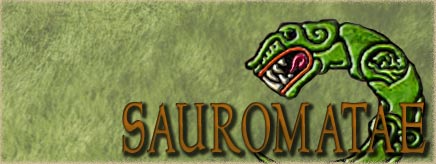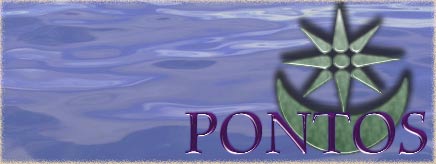I have heard of the theory but have not read the book of its author.
I understand that it has made a few converts but it is still a fringe theory.
If that theory is based on making the central zone of Hallstat a proto-Germanic one, I would say it is rubbish.
I have no doubt that there were many Celtic dialects. Likely it was more a cultural group than strictly a linguistic one. The culture was an advanced one. More advanced in some regards than those of the Mediterranean cultures they bordered.
I would not say I have a strong nationalistic motive either in asserting that the Hallstat and La Téne cultures were not Germanic or proto-Germanic. The linguistic evidence you have offered (presumably from the books authors) is very flimsy for a number of reasons. So is the location of the Pillars of Heracles. The lands of the Tartessians were split between a Celtic influence and an area without. The languages of Spain is a bad place to try an figure out who was where and when. If we assume that Indo-European languages started in the east and worked west then the Celts had to start in the east. If you wish to assume that the Celts were the first Indo-Europeans you get a whole new set of problems. Due to language distributions it makes more sense that they were the newcomers.
We call the Hallstat culture Celtic and we can trace its spread, at least to a degree. They spread the iron sword through Europe. However, about the same time the iron age also started in Britain, but not Ireland or Spain. In fact we don’t have the iron age in Ireland until about 200 BC, about the same time Celts, at least a later wave, arrived there.
Linguistically there are many rivers in Austria and Germany which still have Celtic names. Other place names we know were Germanized. Relying on the Romans to give us a clear picture of ethnicity of tribes is usually a mistake. We know of many seemingly Celtic tribes in Germany proper and a few German tribes in Celtic areas. We are unsure of the languages of the Belgae. They could have been a mixture of Celtic and Germanic tribes speaking a mixture of languages.
In Spain we do have some Celts in the far west, mostly mixed with other groups, where the Celts are seemingly more advanced and expanding into new areas. If we assume they were there first we have to also assume they are in decline and other groups, while less advanced culturally are in the ascendancy.
When we look at movements prior to the conquest of Gaul and Spain we find Celtic tribes moving into areas previously dominated by others. Are we to assume that it was the reverse in Spain? Why did it take some 300 to 500 years for iron age technologies to find there way to Ireland?
It is not impossible that Celts moved out of Spain, acquired higher levels of technologies and spread them back to the source, but it is unlikely.









 Reply With Quote
Reply With Quote






Bookmarks